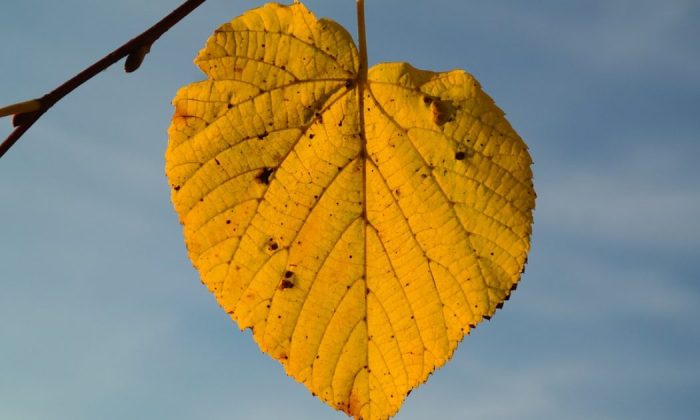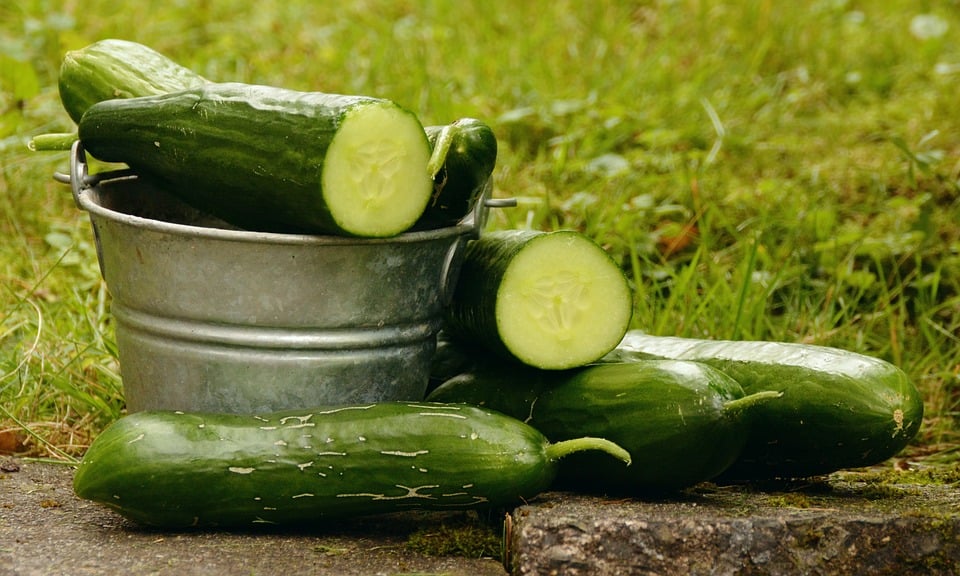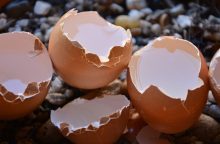Calcium cyanamide – a universal remedy or an outdated relic?

Some of us think that calcium cyanamide is a miracle cure for everything, while the rest of us may be even afraid that it can harm our plants, and as with any myth, the truth lies somewhere in the middle.
If you have a neighbor who is whitewashing everything with this substance, you don’t have to be afraid . Although many of us would say that soil and minerals will be washed out of the soil and so on and so on… Well, you can sleep in peace because your garden will not suffer any negative consequences – even if after every downpour your garden turns into a mud pit. On the other hand, you may want to get little inspiration from your neighbor and focus on his gardening achievements.
When and how to use calcium cyanamide
Just to be clear. Calcium cyanamide is not a panacea or miracle cure for everything , but it can help you in many ways. For example, you may use it to disinfect soil because it can fight various tumors on roots and other diseases which are usually caused by fungi. It also eliminates weed seeds and many feared pests.
Photo: Pixabay
It is frequently used when planting tomatoes and peppers, but you may also use it for many other vegetables. The only thing you need to watch out for is the amount. Here are a few recommendations:
lettuce – 350 grams per 10 m2
cucumbers – 500 grams per 10 m2
tomatoes, peppers, cruciferous vegetables, etc. – 600 to 1,000 grams per 10 m2
The liming process must be carried out three weeks before sowing or planting, otherwise you may damage sensitive roots of young plants.
Can calcium cyanamide be harmful?
As for sowing carrots, parsley and other veggies, which go into the soil immediately after it thaws, you need to plan in advance and do it already in autumn, but for all other types of vegetables you should be fine if you follow the three-week interval. Work the lime into the soil with a rake and keep the soil constantly moist until planting or sowing – preferably by covering the surface with plastic foil to keep the moisture in.
This should be mainly done in greenhouses because lumps of lime do not dissolve easily in a dry soil and may pose a risk to new young plants and roots.
Preview photo: Pixabay

Gardening is my hobby, I have a lot of experience and I am happy to share it.









0 comments